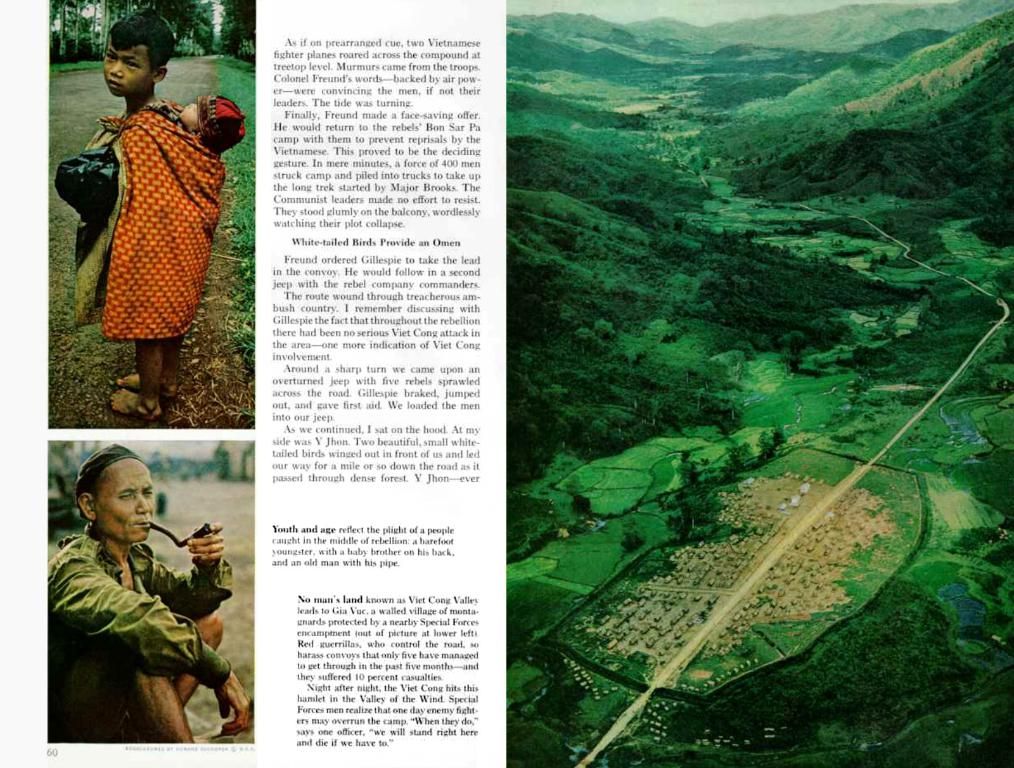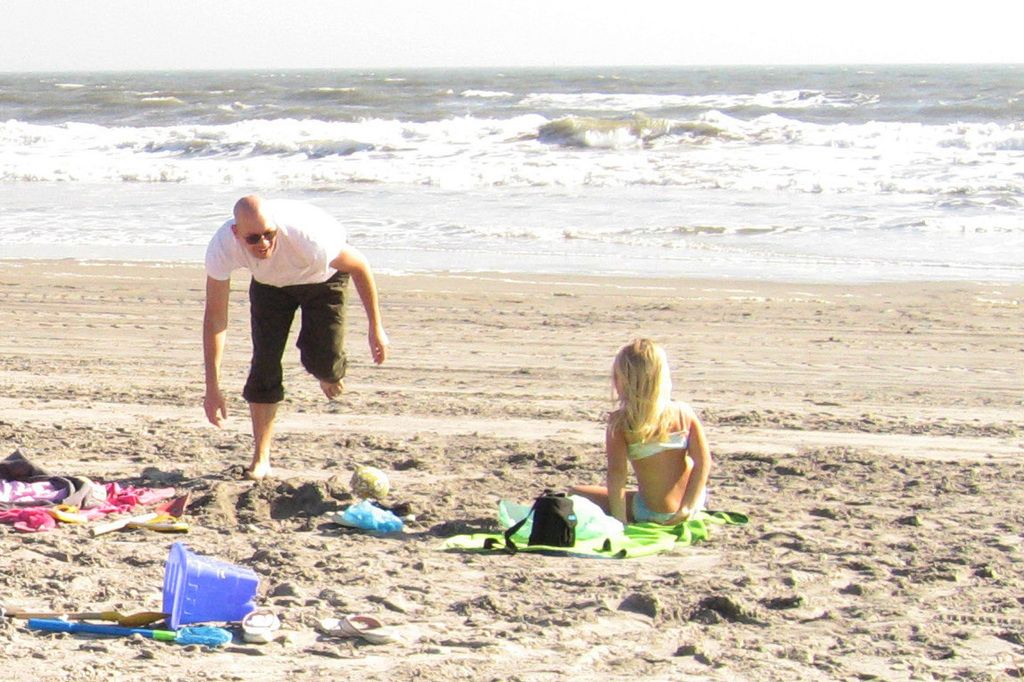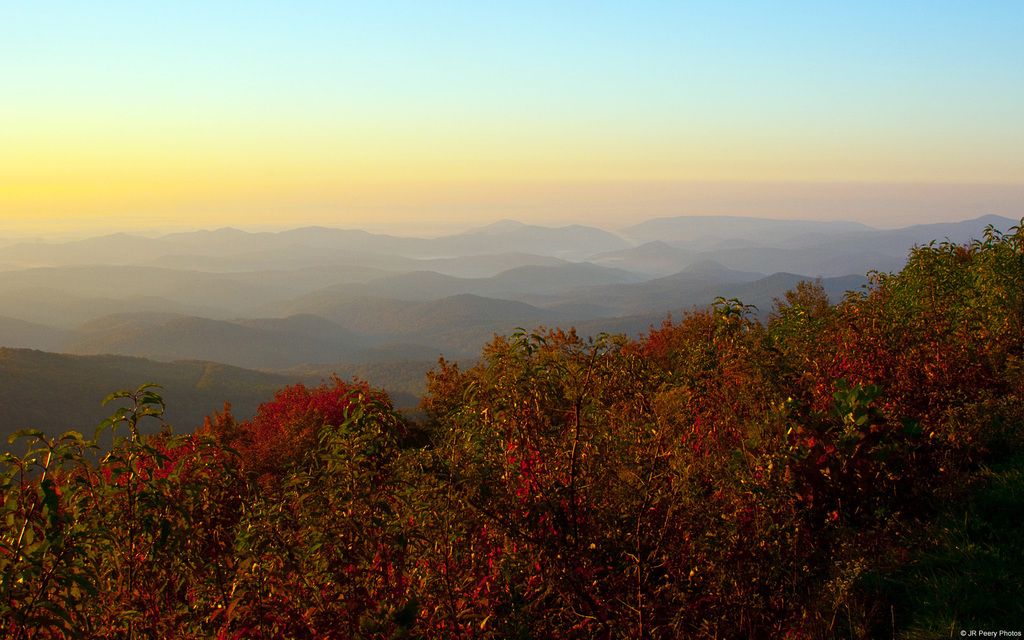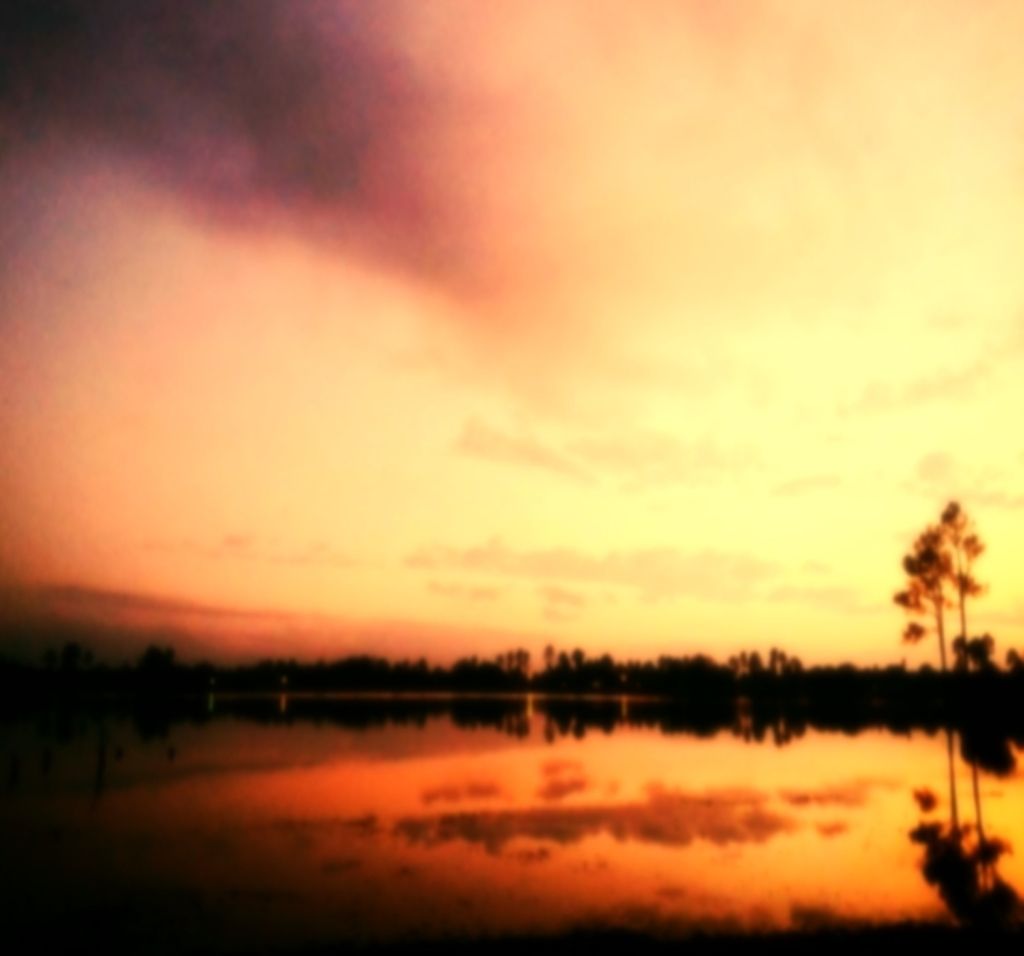Navigating the Sahara: Securing Clean Water in Arid Environments
Uncover the secrets of desert survival with our guide to finding and purifying safe drinking water! In harsh, sun-scorched territories where water is a scarce and precious resource, it's essential to arm yourself with the skills needed to stay hydrated and alive. Let's delve into the world of water-sourcing strategies and techniques for purifying what you find, ensuring your safety in desert conditions.
Whether you're planning an epic desert adventure or simply prepping for any worst-case scenarios, mastering these skills can make the difference between life and death. So buckle up, grab your water bottle, and let's dive into the mechanics of desert water-finding and -purifying to help you drink your way to success.
The Allure of Water in the Sun-Baked Desert
Life in the desert can be brutal, with insane temperatures, humidity levels as low as a desert tortoise's IQ, and scant vegetation. The scarcity of water resources is no laughing matter: not only is finding safe drinking water an essential life skill, but it's also a matter of life and death in many desert environments. To maximize your chances of survival, familiarize yourself with the strategies for locating water-rich areas and the methods for purifying what you find.
The Unforgiving Desert: Challenges and Water Sources
Deserts are home to some of the planet's harshest environments, where the elements work tirelessly to undermine your hopes of finding a reliable water source. Understanding the challenges and learning where to look can significantly boost your chances of success.
Investigating Your Environment: Desert Clues
The landscape around you offers clues to the presence of water sources, so pay close attention. By observing your surroundings, you'll gain valuable insights that can lead you to water, saving precious time in critical situations.
- Plant life: Certain plants, such as willows, cottonwoods, and mesquite trees, are known to grow near water sources and may provide crucial clues to their whereabouts, even if these sources are hidden.
- Rocky hiding spots: Crevices and shaded areas can retain moisture for longer periods, especially during early morning hours. Look for damp spots and hidden pools in rocky areas.
- Ephemeral streams: Detect dry riverbeds that may contain water underneath, hidden away by the sand and gravel.
- Frequent animal trails: Animals often lead the way to water. Keep an eye out for trails that converge or lead towards shaded or low-lying areas, which may indicate the presence of a water source.
Desert Plants: The Watered Oasis or the Dehydrator?
Desert plants are famed for their water-storing capabilities, but not all of them offer safe drinking water. Be cautious when relying on these vegetation sources as some can be dangerous.
Even though options like cacti may seem like quick fixes for a drought-stricken traveler, it's essential to be aware that not all cactus water is safe to drink. While the water may provide a temporary boost in vitality, it often contains alkaloids that can cause stomach discomfort, nausea, or worse if consumed without proper preparation. Proceed with caution when attempting to gulp down cactus water.
Tapping into Underground Sources
If you find evidence of moisture near a dry riverbed or damp soil, you might have unearthed a hidden water source. Here's a step-by-step guide to collecting it:
- Excavate a Hole: Begin by digging a hole about one to two feet deep to reach the moisture-rich layer, especially in dry riverbeds where cooler soil may signal a hidden water source.
- Wait for Nature to Do its Thing: Allow a little time for water to seep into the hole, forming a small pool. Be patient, as this process may take several minutes.
- Harvest the Water: Use a cloth to absorb the dampness from the soil, wringing it out into a container to collect smaller quantities over time.
- Filter the Findings: Even clear water should be filtered to remove sediment and potential pathogens. Filtration is vital, regardless of whether you used a cloth or waited for the water to pool in the hole.
Water from Plants and Cactus: A Light Refreshment
Dew Collection
Thirsty and low on resources, it's tempting to seek out green life in the desert for a quick sip of water. However, exercise extreme caution when tapping into desert plant life as a source of hydration. Some plants, while capable of storing water, can be harmful if consumed without proper preparation.
Transpiration: Water With a Twist
An interesting survival method involves exploiting the transpiration process, in which plants release water vapor from their leaves. To harness this water source, use the following technique:
Collecting early morning dew with a cloth from vegetation.
- Choose Your Target: Select a desert-adapted plant, such as a mesquite or desert willow, that isn't too spiny or toxic to handle.
- Enclose the Plant: Place a clear plastic bag over some of the plant's branches, securing it tightly around the stem to form a sealed enclosure.
- Monitor the Bag: Allow the sun's heat to build, causing water to condense inside the bag. This method may take several hours, but it can offer a much-needed boost to your water levels.
Dewing a Victory: Dew as a Reliable Water Source
Dew collection is an understated yet effective approach to gathering small amounts of water in the desert, especially during early morning hours when the environment cools, leading to the formation of dew on various surfaces. To tap into this natural abundance, follow these steps:
10-15 minutes
- Locate Dew-Rich Areas: Look for dew-covered vegetation, rocks, or other surfaces. Jealous grass, shrubs, or shaded rocks can retain moisture that you can employ for hydration.
- Equip Yourself: A clean cloth or bandana can help you gather dew efficiently as you wipe it over the dew-covered surfaces.
- Squeeze and Sip: Once you've collected the dew, squeeze the cloth into a container or directly into your mouth if a container isn't readily available.
While collecting dew won't yield large quantities of water, it can help you stay hydrated and fight off dehydration for an extended period. Dew is usually free of contaminants as well, especially if gathered from clean surfaces.
Tools and Gear for Water Collection and Purification
Cloth or bandana
If you're venturing out into the desert, equip yourself with some basic tools to enhance your ability to find and purify water. A well-stocked desert survival kit should contain the following essentials.
Clear Plastic Bags
Carry a couple of clear plastic bags in your kit. These lightweight and versatile bags can be used in the transpiration method, making them valuable allies in your quest for hydration.
Generally safe but may need filtering if gathered from ground surfaces.
Survival Straw, Purification Tablets, or Filter
These compact tools come in handy when confronted with questionable water sources.
- Survival Straw: These water filters remove bacteria and other contaminants, making it safer to drink contaminated water on the spot.
- Purification Tablets: Drop a tablet into your container, wait the recommended time (usually 30 minutes), and your water should be ready for consumption. Tablets help neutralize pathogens and provide a lightweight backup in case you can't boil your water.
Collapsible Container or Canteen
A collapsible water container makes it easy to carry and store any water you collect, ensuring that you have the hydration you need throughout your desert journey.
Metal Pot or Fireproof Container
Solar Still
In case you have access to a fire or heat source, boiling water remains one of the most dependable purification methods. Keep a metal pot or fireproof container on hand to boil your water effectively.
Bonus: Pipe and Cloth
Even a few feet of pipe, cable, or tubing can be helpful in desert survival situations. Use it to sip water from hard-to-reach places like rock crevices or muddy riverbeds without disturbing sediment, making it safer and easier to collect water. In a pinch, you can also use a piece of cloth as a water-collecting tool.
Uses sun to evaporate water from soil or vegetation.
How to Purify Water in the Desert
Purification is crucial in desert survival as the water found in the wild might contain bacteria, sediment, or other contaminants that can be harmful if ingested. Employ the following purification methods to ensure that your water is safe to drink.
Boiling: The Gold Standard of Purification
Several hours
Boiling remains the most reliable method for purifying your water. Use a fire source and a metal container to do the following.
- Start a Fire: Ignite a fire and let it reach a steady burn to provide the heat needed for boiling.
- Introduce Your Water: Place the container with water over the fire, allowing it to boil for at least one minute (preferably 5-10 minutes). At higher altitudes, boil for three minutes or more to ensure maximum safety.
Boiling offers the highest safety and can kill most pathogens and parasites, making this method a lifesaver in environments where bacterial contamination is common.
Plastic sheet, container
Purification Tablets and Portable Filters: Backup Options
In addition to boiling, portable purification tablets and filters provide convenient, low-tech alternatives to maintain a safe water supply.
- Portable Water Filters: These handheld tools filter out bacteria, viruses, and other contaminants, making water safe for consumption. Place the filter in the water source and drink directly, or pour the water into your container for larger quantities.
- Purification Tablets: These small tablets neutralize pathogens in your water, offering an easy-to-carry backup solution when boiling isn't feasible. Drop one tablet into your container, wait the recommended time (usually 30 minutes), and your water should be ready for consumption.
Pure water, but limited quantity.
Solar Still Method: Sun-Powered Water Purification
If you have no other means to purify water, you can rely on a solar still setup. This method employs the sun's heat to evaporate water, leaving contaminants behind.
- Make a Hole: Choose a sunny spot and dig a hole about two feet deep.
- Pour in the Saltwater: Place the saltwater into the hole, ensuring it's on the edge but separate from your collection container.
- Cover the Hole: Use plastic to cover the hole, forming a cone shape so the collected condensation drips into the container.
Purifying water through solar stills takes time but offers a viable option if you're stranded without any other means of purification.
In a Bind: Desalination in the Desert
If you're in a coastal desert or find yourself stranded on island shores, you may encounter saltwater. Drinking seawater without proper desalination can lead to severe dehydration. Employ the solar still method if you have access to saltwater but find yourself in dire straits.
Transpiration Bag
- Prepare Your Solar Still: Follow the steps mentioned earlier to create a solar still, using saltwater instead of freshwater.
- Wait for Evaporation: The sun's heat will evaporate the seawater, leaving salt behind. Collected condensation should be fresh and safe to drink.
Keep in mind that desalination through a solar still will yield only small amounts of water, so it should not be your primary source of hydration.
Surviving the Heat: Dehydration Prevention Tips
Collects water from plant transpiration using a clear bag.
In desert environments, combating dehydration is paramount. Understanding how to prevent dehydration and recognize its early signs will help you extend your survival time and make informed decisions in the face of danger.
Preventive Measures for Dehydration
- Avoid Physical Overexertion: Try to save your energy and conserve water by reducing physical activity during the hottest hours of the day.
- Cover Your Skin: Wear long sleeves, hats, and loose clothing to protect yourself from the sun and reduce the amount of water lost through sweating.
- Frequent, Small Sips: If water is limited, taking little sips can help your body absorb water more efficiently and reduce waste through urination.
4-5 hours
Early Warning Signs of Dehydration
Recognizing the signs of dehydration early can enable you to react promptly and adjust your activities to extend your survival time in this unforgiving landscape.
- Dry Mouth and Lips: A dry mouth or lips are among the first indicators that your body needs more water.
- Fatigue or Weakness: When dehydrated, you may feel sluggish and weak, which can impair your decision-making capabilities.
- Dizziness or Lightheadedness: You might feel dizzy or lightheaded, especially when standing or walking, as dehydration progresses.
- Dark Urine: Dark-colored urine indicates that your body is conserving water and you may not be taking in enough to sustain yourself adequately.
Clear plastic bag
Managing Dehydration: Tips for Surviving the Desert Heat
In situations where you're already dehydrated and can't find immediate access to water:
- Find Shade: Avoid the sun by staying in shaded areas or using clothing, blankets, or other materials to create shade.
- Breathe Through Your Nose: Breathing through your mouth can increase water loss, so breathe slowly and deeply through your nose.
- Rest Often: Conserve your energy by resting when possible. Physical activity accelerates dehydration.
Generally safe if from non-toxic plants.
Desert Camping: Finding the Perfect Spot
Setting up camp in a desert environment presents unique challenges in terms of finding a suitable location without adding unnecessary stress to your already strained water resources. Here are some crucial considerations to ensure a comfortable and safe camping experience.
Natural Shelter in the Desert
Search for natural rock formations or large boulders that offer shade throughout the day and set up camp on the side facing away from the sun. This approach will help you stay cooler during the day and take advantage of cooler temperatures at night to reduce your need for water.
Making the Most of Low Ground
Valleys, canyons, and dry riverbeds can hold water, increasing your chances of finding a water source nearby. However, avoid camping directly in dry riverbeds if there is a chance of flooding due to unpredictable rainfall or flash floods.
Purification Tablets
Timing Is Key
Plan to set up camp in the late afternoon or evening when temperatures begin to drop, saving energy and water by not setting up camp during the heat of the day.
Navigating the Desert: Key Indicators for Water Sources
Disinfects collected water to make it safe to drink.
IN crevices or deserted life
When trekking through the desert, learning to recognize subtle environmental cues can guide you to potentially life-saving water sources.
- Frequent Animal Trails: Observe converging animal trails, which may lead you to temporary water sources like small pools or succulent plants that hold moisture.
- Bird Behavior: Pay attention to bird activity at dawn and dusk, as birds often fly towards water sources, providing potential clues to their locations.
- Insect Activity: Bees, flies, and ants are all indicators of nearby water. Keep an eye out for these insects as they may lead you to a water source.
30-60 minutes
When All Hope is Lost: Last-Resort Water Sources
In extreme situations where all other options have vanished, resort to these last-ditch water sources with caution. While these sources won't offer a lot of water, they can provide a crucial drink in dire circumstances.
Solar Still Setup Without Digging
Purification tablets
If you can't dig a hole, you can use a clear plastic bag over a leafy branch to create a miniature version of a solar still. Although this method isn't as effective, it can yield a few sips over time, which is better than nothing.
Urine: The Ultimate Desperation Move
Drinking urine is strongly discouraged as it is high in waste products and salt. However, in a life-or-death situation, you can use urine with a solar still to extract moisture.
Effective against most bacteria, viruses, and parasites.
- Prepare the Solar Still: Dig a small hole and place your urine in it, ensuring it's at a safe distance from your collection container.
- Cover and Collect: Use plastic to cover the hole, creating a cone shape so the condensation drips into your container.
Keep in mind that using urine as a water source is a last resort only, as it offers only limited hydration and contains harmful substances that can compromise your health.
Conservation: Keeping Your Water Stash Pristine
Once you've secured a water source, conserving your water is vital in desert conditions. Here are some effective techniques to help you keep your water clean and prolong its lifespan.
Smart Eating: Prioritize Hydration
Avoid salty snacks and heavy meals, as they increase thirst and make you need more water. If you have access to food, choose hydrating options like fruits to stay refreshed and hydrated.
Boiling
Drink Smarter: Sips and Slow Sipping
Rather than gulping down water, take small, frequent sips, allowing your body to absorb water more efficiently. This approach can also reduce waste through urination, helping you conserve your water supply.
Hydration Hacks: Mouth Hydration and Breath Control
Heat kills bacteria and pathogens in water.
Breathing through your nose instead of your mouth can help reduce water loss. Additionally, sucking on a small pebble or button can stimulate saliva production, keeping your mouth moist and reducing the sensation of thirst.
Ready For Action: Equip Your Kit with Essential Gear
To maximize your chances of success in the desert, ensure you have the right gear in your survival kit, including:
5-10 minutes boiling time
- Clear Plastic Bags: These lightweight bags are versatile and easy to pack, making it easy to gather water from plants or create a solar still.
- Water Filter Straw or Portable Purifier: These compact tools help remove bacteria and other contaminants, allowing you to drink water from questionable sources.
- Collapsible Container: A collapsible water container is ideal for storing water and is lightweight enough to carry during your desert adventures.
- Purification Tablets: These small tablets can neutralize pathogens and serve as a convenient backup when boiling is not an option.
- Metal Container for Boiling Water: A metal container is essential if you have access to a fire source for boiling water to purify it.
Arm yourself with these handy gadgets, and you'll be better equipped to overcome the challenges of desert survival and stay hydrated and healthy throughout your journey.
Frequently Asked Questions
Metal container, fire source
Why is finding safe drinking water in the desert so challenging?
Water is sparse in deserts due to extreme temperatures, low humidity, and limited vegetation. Additionally, common water sources like stagnant pools, mud puddles, or cactus plants can contain harmful bacteria or toxins, necessitating effective purification methods.
Are there specific places to look for water in the desert?
Highly safe if boiled adequately.
Yes, observing the environment around you and understanding natural indicators can drastically improve your chances of finding a safe water source. Strategic locations include vegetation clusters, rock crevices, shaded areas, dry riverbeds, and animal trails.
How can I collect water from underground sources in the desert?
To collect water from underground sources like dry riverbeds, begin by digging a hole around one to two feet deep, wait for water to seep into the hole, and filter the water to remove impurities before consumption.
Is plant water safe to drink in the desert?
Desert plants hold water but not all plant sources are safe to drink. Some plants can be harmful if consumed without proper preparation. Keep this in mind when relying on plants for water.
Can dew be a reliable water source in the desert?
Dew collection is an underappreciated but effective way to gather small amounts of water in the desert, especially during early morning hours. Be sure to filter dew before consumption to remove any potential contaminants.
What tools and gear can help with water collection in the desert?
Essential tools and gear for water collection in the desert include a clear plastic bag, survival straw or portable filter, collapsible container or canteen, metal pot or fireproof container for boiling water, and water purification tablets for emergencies.
How can I purify water collected in the desert?
Water purification methods include boiling, solar stills, transpiration, portable filters, and water purification tablets. Employ these methods to ensure the water you drink is safe, sanitary, and free of impurities.
Wrapping Up
Navigating the labyrinthine challenges of finding safe drinking water in desert environments requires a blend of knowledge, preparation, and resourcefulness. By mastering desert water-finding and -purifying techniques, you'll be armed with the skills and confidence needed to stay hydrated, prevent dehydration, and ultimately survive the harsh desert territories. >>Take the leap of faith and traverse the desert, abiding by the wisdom of this guide, and walk away with cherished stories of triumph over adversity.
- In the sun-baked desert, locating safe drinking water is essential for survival, as scarcity of resources can be a matter of life and death.
- Mastering techniques for finding and purifying water in the desert can make a significant difference in a worst-case scenario situation, whether on an epic adventure or during emergency prep.
- Understanding the challenges presented by the desert environment and learning to read its clues, such as plant life and animal trails, can boost one's chances of locating water.
- Desert plants like mesquite and cacti may hold water, but not all varieties are safe to consume without proper preparation, and caution should be exercised when relying on them as a water source.
- Embrace the importance of proper gear and tools for desert survival, such as clear plastic bags, survival straws, filtration tablets, and a collapsible container or canteen, to aid in water collection and purification to secure your health and wellness in the wilderness.





